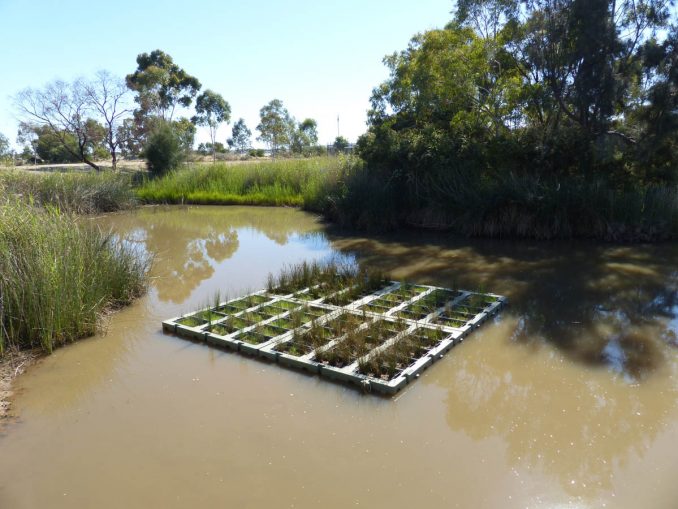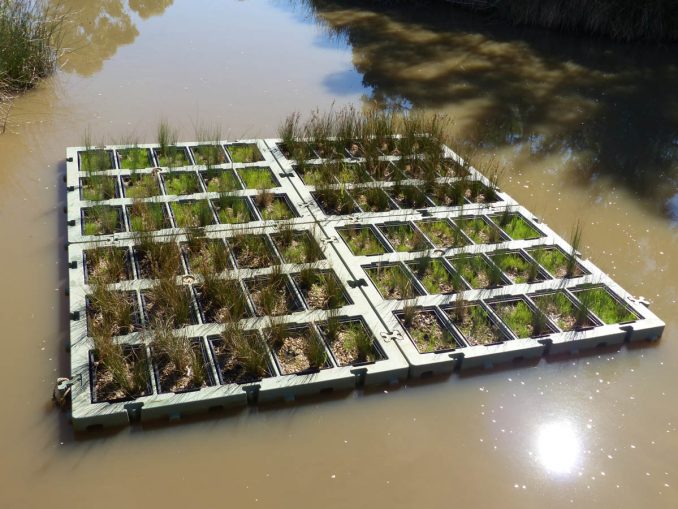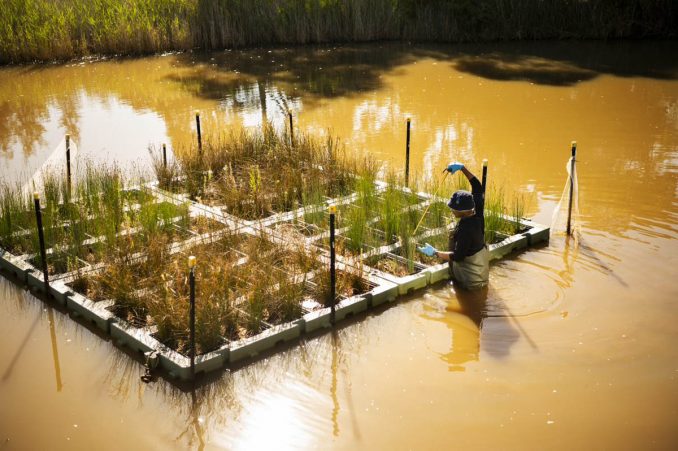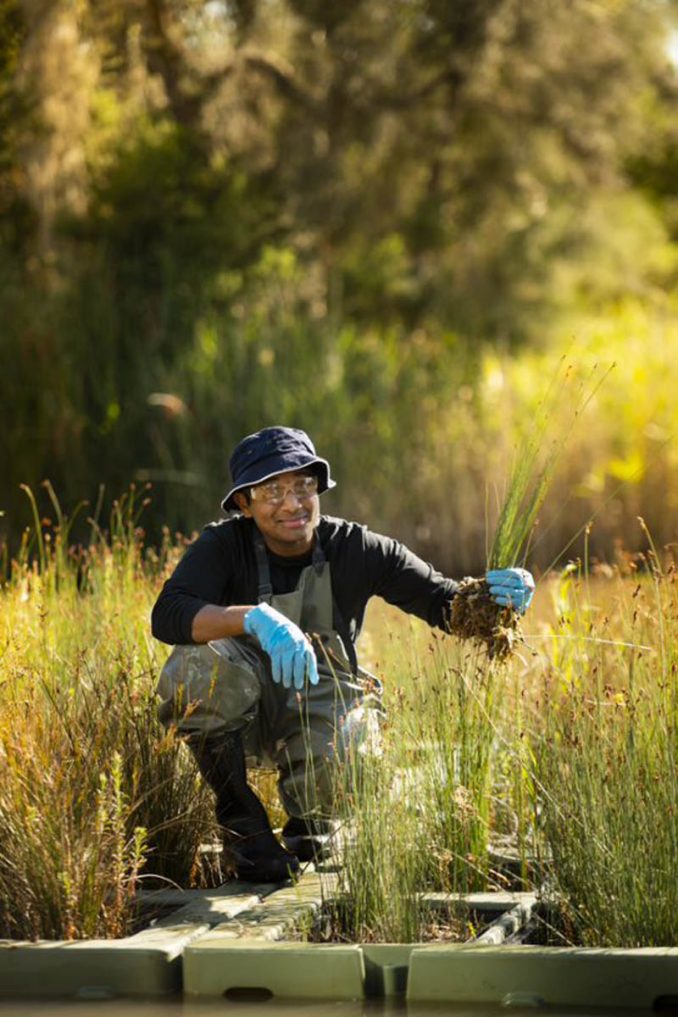
PFAS chemicals were once revered, it’s now infamous as PFAS substances continue to infiltrate the environment and affect human health. PFAS substances keep food from sticking to cookware, make clothes and carpets resistant to stains, and create firefighting foam that is more effective. PFAS are used in industries such as aerospace, automotive, construction, electronics, and military [1].
Now, new research from the University of South Australia is helping to remediate the ‘indestructible’ PFASs as scientists show that Australian native plants can significantly remediate PFAS pollutants through floating wetlands to create healthier environments for all.
Conducted in partnership with CSIRO and the University of Western Australia, the research found that PFAS chemicals (per- and poly-fluoroalkyl substances) can be removed from contaminated water via Australian native rushes – Phragmites australis, Baumea articulata, and Juncus kraussii.
Phragmites australis, otherwise known as the common reed, removed legacy PFAS contaminants by 42-53 per cent from contaminated surface water (level: 10 µg/L).

According to the US Environmental Protection Agency, exposure to PFAS may lead to a range of health issues including a decline in fertility, developmental delays in children, increased risk of some cancers, a reduced immune system, higher cholesterol, and risk of obesity.
UniSA and CSIRO researcher Dr John Awad says that this research could alleviate many of these environmental and health risks by providing a clean, green, and cost-effective method to remove PFAS from the environment.

“PFASs are often referred to as ‘forever chemicals’ because they don’t break down, instead accumulating in the environment and in our bodies where they can cause adverse health effects,” Dr Awad says.
“In Australia, PFAS concerns often relate to the use of firefighting foam – especially legacy firefighting foam – which accumulates in the surface water of our waterways.
“Our research tested the effectiveness of Australian rushes to remove PFAS chemicals from stormwater, finding that Phragmites australis was the most effective at absorbing chemicals through its roots and shoots.”
The study used constructed floating wetlands as a mechanism for plants to grow hydroponically. Dr Awad says floating wetlands present a novel and flexible way for natural remediation systems.
“Constructed floating wetlands can be readily installed into existing urban environments, such as holding reservoirs and retention basins, making them highly manoeuvrable and adaptable to local waterways,” Dr Awad says.

“Plus, as this innovative water treatment system does not require pumping or the ongoing addition of chemicals, it is a cost-effective remediation system for PFAS removal.
“Add native plants to the mix and we have delivered a truly clean, green and environmentally-friendly method for removing toxic PFAS chemicals from contaminated water.”
Text credits: CSIRO
Image credits: University of South Australia
[1] Perfluoroalkyl and Polyfluoroalkyl Substances (PFAS) https://www.niehs.nih.gov/health/topics/agents/pfc/index.cfm
